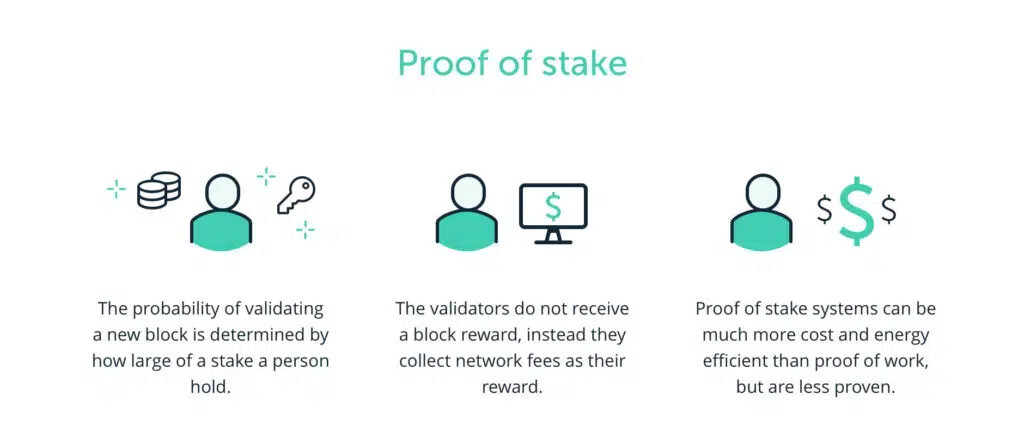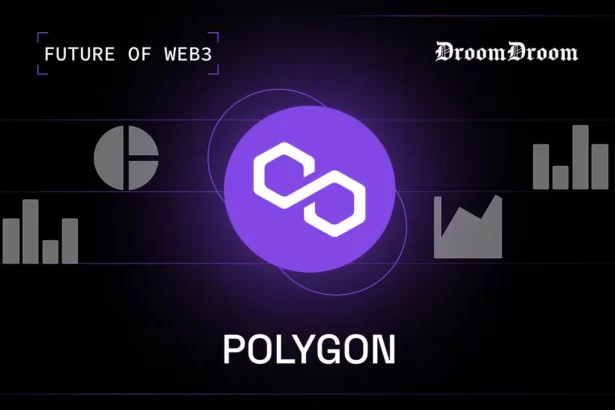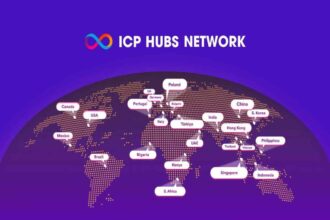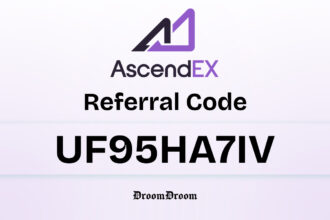The advent of crypto was celebrated as it not only provided an escape from the conventional financial infrastructure by providing more secure platforms but also, as experts could foretell, it would pave new opportunities. Not so surprisingly, today, millions are a part of the industry, with it having the potential to generate nearly $37 billion this year alone. The overwhelming number signifies the growing relevance of crypto, and Polygon is one of its key pillars.
Polygon, a Layer 2 protocol, was created to help Ethereum-based projects connect, thus fueling the blockchain’s scalability. However, it does not mirror how Ethereum functions but instead builds upon it to increase its transaction speeds and lower costs for developers to increase adoption.
How was Polygon created?
The network protocol is the brainchild of four Indian software engineers – Jayanti Kanani, Anurag Arjun, Sandeep Nailwal, and Mihailo Bjelic and was launched in 2017 as the ‘Matic Network.’ However, it was later renamed ‘Polygon Technology’ in 2017 and started branding itself as a Web3 and Metaverse company.
Polygon was quick to take on the industry. Its first success was acquiring the Mir blockchain network in 2021 from 250 million MATIC tokens (the native currency of Polygon) worth almost $400 million.
Then the Polygon network integrated Zk-rollups to integrate improvements like increasing the speed of transactions and reducing platform fees by offloading Ethereum data. However, the main goal of Polygon remained to bring in advancements while maintaining security on the platform.
We recommend you read this article to understand the fundamentals of Polygon.
What sets the network apart from others is that along with Zk-rollups, it also offers optimistic rollups that allow developers to validate transactions even without knowing the details.
The network protocol’s relevance grew further after former President Donald Trump launched NFTs minted on the platform. It helped Polygon outpace Ethereum’s sales on OpenSea for two months. The network protocol has also collaborated with other prestigious brands like Meta, Starbucks, and Nike.
Polygon’s Architecture
The Layer 2 network protocol operates on three essential layers:
- Ethereum Layer
It is at the core of the network protocol, which helps host smart contracts on the Ethereum mainnet. It also enables the Proof of Stake mechanism and allows users to stake MATIC tokens. The layer has also helped Polygon emerge as a platform for passive income, as its users can earn rewards for validating state transactions.
2. Heimdall Layer
It is a validation layer based on Tendermint used to oversee validation in the block production process. Its primary responsibilities include aggregating blocks into a Merkle tree, publishing the Merkle root to Ethereum, and shuffling the Bor nodes periodically. In simple terms, the layer act as a ‘checkpoint’ for the Polygom network.
3. Bor Layer
It is a block producer of the network, which works in sync with the Heimdall layer and helps select producers and verifiers for each span and sprint. It is also EVM compatible, which provides it access to the functions of Ethereum developer tools and applications.
Consensus Algorithm
Like other network protocols that prioritize scalability but aim to promote low costs, the network also operates using the Proof-of-Stake (PoS) protocol, which complements the Ethereum blockchain, which it is built on. It helps ensure developers can create decentralized applications on the platform and showcase them to the public without compromising the decentralized property.

We recommend you read this article to learn more about consensus algorithms.
Main Challenges Of Polygon
The Polygon network is unique from other existing protocols, but it aims to bring advancements in the crypto industry. Some of its primary concerns are:
Polygon Aims to Build a Wider and Secure Platform
The network protocol wants to build the Internet of Things (IoT) for Ethereum and scale its adoption to 1 billion users without compromising the security it offers. It also aims to keep the decentralization factor of the platform intact.
Polygon Wants to Become the Ultimate DeFi Platform
The network protocol offers multiple solutions under one platform. It is already integrated with several prestigious lending, borrowing, and yielding platforms, including UniSwap, for its fast transaction feature. It is also the primary choice of gaming developers as it allows them to earn rewards in cryptocurrencies. Additionally, Polygon is a fundraising platform allowing crypto projects to raise funds via token sales.
We recommend you read this article to learn more about DeFi.
Final Thoughts
The multifaceted Polygon network helps developers and users with several concerns like scalability and security. Its creators are also continuously working on the network and bringing new changes. The launch of the Polygon 2.0 has already seen better governance within the system, new tokenomics, and improved architecture, and its users are hopeful for further developments within the networks.



















